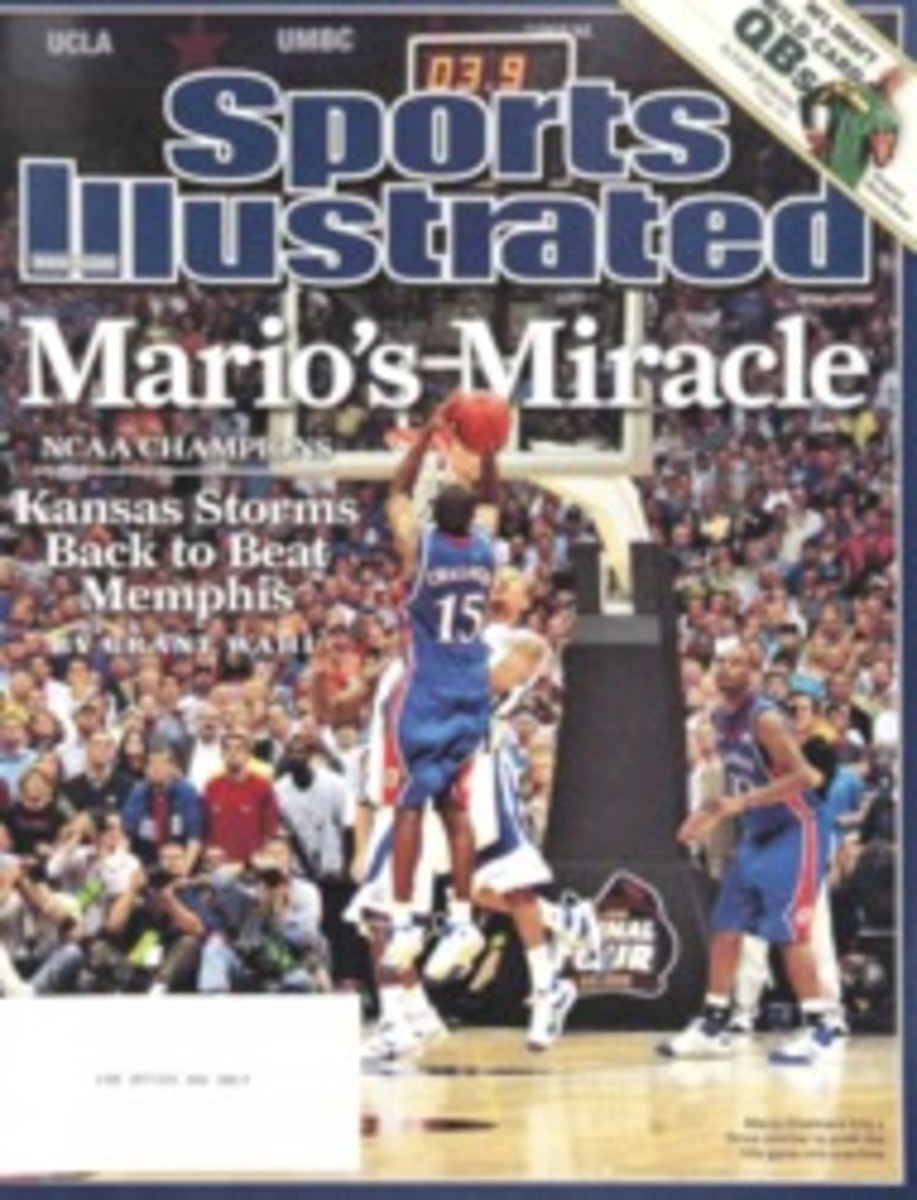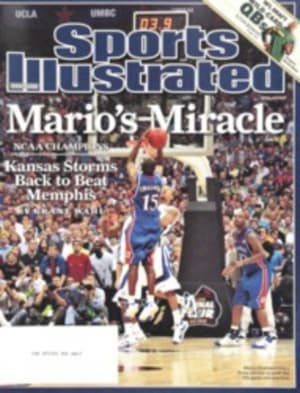
Fixing Michelle
MICHELLE WIE reminds me of Bobby Clampett. If you recall, Bobby had all the talent in the world and nearly won the 1982 British Open. The next minute, he got caught up in multiple swing philosophies and went from aspiring star to struggling golfer. When juniors are exceptionally talented, it is important for them to stay focused on the process and be patient. Instead, many of them get entranced by technique or power. They become so technically motivated that if they don't hit the ball exactly the way they want, they can't play, and then their ball striking gets even worse over time.
When I watched Michelle at last year's McDonald's LPGA Championship and the Women's British Open, I was surprised by her lack of control. When I was working with her, I'd try to get her to hit three-quarter shots and focus on her tempo to improve impact position and ball control. What I've noticed over the last few years is that in her pursuit of power her swing has lost its rhythm and fluidity. Feel is what made her one of the greatest juniors of all time. When you become too dependent on ball striking for confidence, and that skill leaves you, you become desperate, which can have any number of disastrous consequences, including injury. And when you get injured, as Michelle did last year when she hurt both wrists, that's simply another mental hurdle to overcome.
It's hard to beat Michelle's current teacher, David Leadbetter. There isn't anyone in the world who can look at a swing and analyze it the way he can. But the amount of time David can spend with anyone is limited. Moreover, unlike Michelle, most of the players David works with are very experienced. Nick Faldo could take one of David's lessons and come away with only one or two swing thoughts—one of the reasons he could remain a very good feel player.
It's the same for other great ones. Tiger Woods works on his mechanics, but he maintains his creativity. In competition Lorena Ochoa doesn't have a technical thought in her head. If you judged her solely on technique, you wouldn't think she is No. 1 in the world. But when it comes to feel and thought process, she knows how to maximize her talent. She walks on the range as if she owns it. She's full of energy and confidence. She's physically fit, upbeat and balanced in her life.
With Michelle, I don't know how much ownership she's had of her career or her swing. Everyone is telling her what to do: "Here, Michelle, hit the ball here, chip like this, putt like that." I don't know if Michelle knows how to do those things on her own. Tiger might get lessons from Hank Haney, but he works everything out himself. The way Michelle has been trained and managed needs to be reconsidered.
It's not over, though. Even when I saw her last year, at her lowest point, I thought she still had greatness inside her; it's about getting it out. I'll always support her and wish her the best. I believe that if she is true to herself and simplifies the process, she'll be back. To me, the amazing thing is that we came to the Kraft Nabisco Championship in 2003 when she was 13 and nearly won it. I hope 2008 will be her comeback year.
Gary Gilchrist, director of golf at the Gary Gilchrist Golf Academy in Howey-in-the-Hills, Fla., taught Wie from ages 12 through 14.
TRUST ME by JIM GORANT
With its Augusta setup and last-chance date, Houston is on the rise.
New Math
Colin Montgomerie whines after lower-ranked Asian players get Masters nod
SUPER SENSITIVE + CRY BABY + MANY CHANCES - FOLLOW-THROUGH √ó REALITY = LATEST FUSS
PHOTO
JOHN KLICKER/AP (GILCHRIST)
POINT MAN Gilchrist worked as Wie's coach and caddie at the '03 U.S. Women's Open.
PHOTO
LESTER V. BERGMAN/CORBIS (GEIGER COUNTER)
PHOTO
JOHN BIEVER (WINGED FOOT)
PHOTO
CORBIS (BABY)
PHOTO
CORBIS (TV)
PHOTO
RONALD C. MODRA (FOOTBALL)
PHOTO
TRAVIS LINDQUIST/GETTY IMAGES (MONTGOMERIE)

